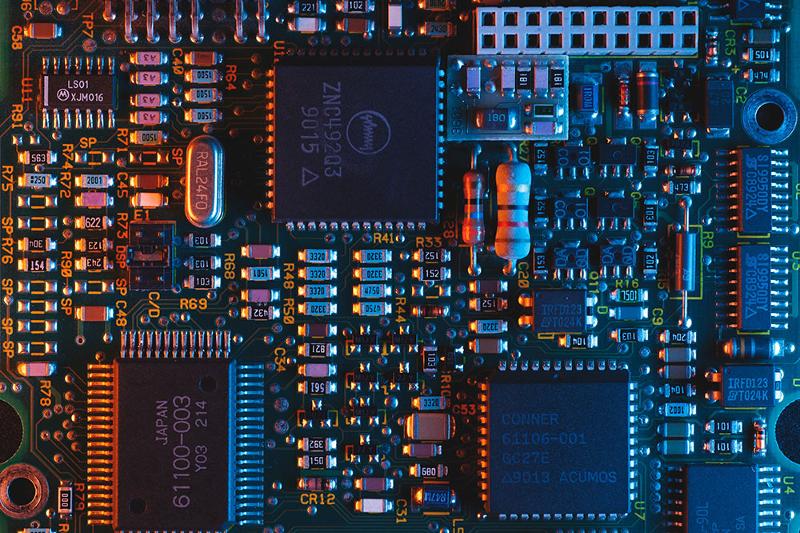Copper substitution remained low in 2020
According to new research commissioned by the International Copper Association (ICA), net substitution of copper stood at 0.95% of total global copper use in 2020, a slight rise from 0.83% in 2019.
This low substitution rate is due to users focusing on COVID-19’s economic impact and the relatively low copper material costs.
The research, carried out by the DMM Advisory Group, reveals that copper continues to dominate in many applications – especially where high electrical conductivity, corrosion, or friction resistance is required, or the available space is limited. For other applications, increasing materials’ costs can motivate research and development to use copper more efficiently – through miniaturisation – or to use alternative materials.
Krisztina Kalman-Schueler, author and Managing Partner at DMM Advisory Group, explains, 'Copper substitution may occur when alternative materials offer additional technical benefits, beyond lower material costs, or when they can significantly reduce capital expenses. In 2020, the incentive to substitute was low and, looking back, copper substitution has been low over the past five years.'
China, the largest market for copper, still has the lowest relative net substitution across the world at 0.6% of the country’s total copper use.

The drive for increased energy efficiency in electric motors, more electrical mobility and increased environmental regulations remain advantageous for copper. Undergrounding, laying overhead power lines underground, and HVDC power distribution networks also offer growth potential for the material.
Colin Bennett, Market Intelligence Director at ICA, adds, 'The low levels of material substitution experienced in 2020 present a promising outlook for the industry’s future. As China, Europe and the US work to introduce more environmental laws and regulations, we anticipate more copper gains in a wide variety of applications including electromobility, heat exchangers and transformers.'

